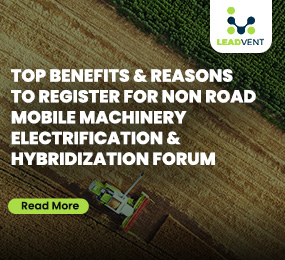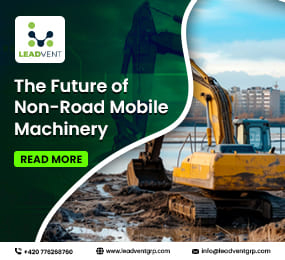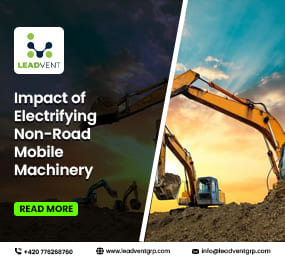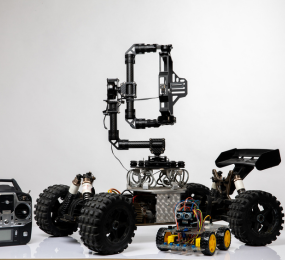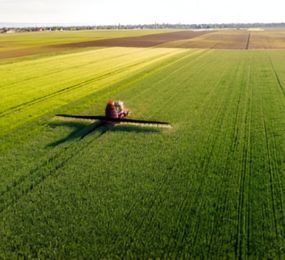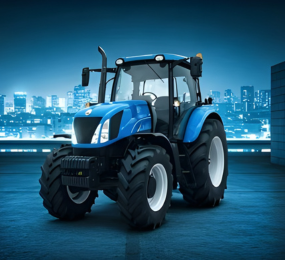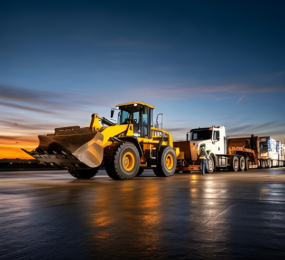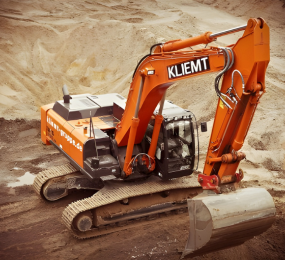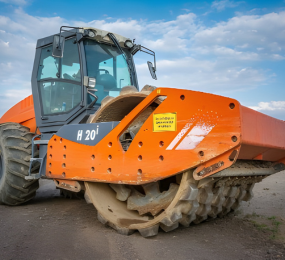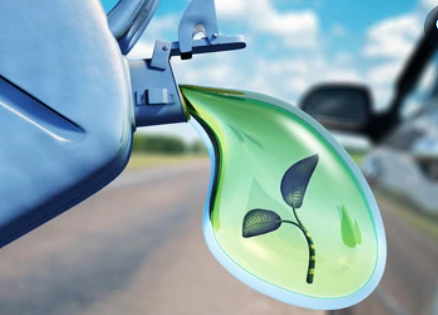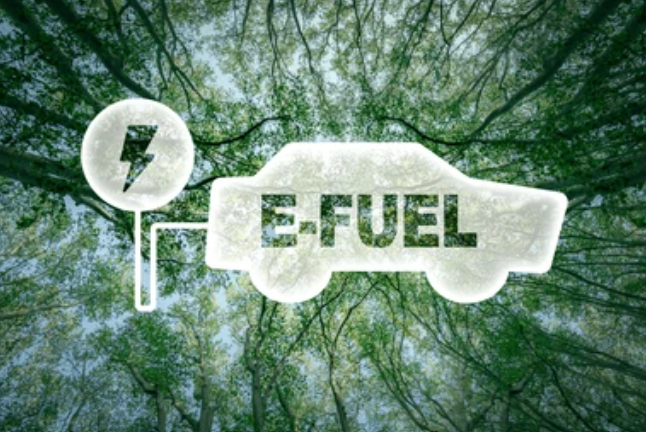Electrifying the Backbone of Industry: Decarbonizing Non-Road Mobile Machinery
While electric cars and trucks often dominate the conversation around decarbonization, there’s another critical frontier that’s long overdue for attention Non-Road Mobile Machinery (NRMM). These machines, found on construction sites, farms, mines, ports, and industrial plants, are essential to our economies. But they also represent a sizable and often overlooked contributor to greenhouse gas emissions.
NRMM includes a wide range of diesel-powered equipment: excavators, bulldozers, forklifts, harvesters, airport ground support vehicles, and more. Unlike on-road vehicles, these machines have historically operated under lighter regulations, making them a significant source of local air pollution and CO? emissions.
As industries worldwide face mounting pressure to meet climate targets and reduce their carbon footprint, the call to electrify and decarbonize NRMM is growing louder—and more urgent.
Why Now?
Several factors are converging to make NRMM electrification more viable than ever. Technological advances in battery energy density, the falling cost of renewables, and stricter environmental regulations are pushing equipment manufacturers and operators to rethink their fleets. Simultaneously, urban areas are beginning to enforce low-emission zones, limiting the use of traditional diesel-powered machinery in sensitive environments.
Beyond regulation, there's a strong business case. Electric machinery reduces fuel costs, requires less maintenance, and improves workplace safety by minimizing noise and emissions exposure. For construction firms and agricultural businesses, switching to cleaner technology isn’t just about compliance—it’s increasingly a strategic advantage.
Challenges on the Ground
Still, the path to electrification isn’t without obstacles. Battery limitations, lack of charging infrastructure, and high upfront costs remain hurdles—particularly for heavy-duty applications and in remote areas. Hybrid models and hydrogen-powered alternatives are emerging as solutions where full electrification isn't yet practical.
To drive adoption, government incentives, pilot programs, and clearer sustainability benchmarks are essential. Industry collaboration and public-private partnerships will also play a vital role in developing the right ecosystem for these machines to transition successfully.
Conclusion
Non-road mobile machinery might not grab headlines, but it plays a pivotal role in global emissions reduction. As we electrify our roads and buildings, we must not forget the machines that move earth, grow our food, and power our infrastructure behind the scenes. Decarbonizing NRMM is a tough job—but it's also a necessary one. And thanks to innovation, it’s becoming increasingly achievable.
Takeaway Points:
1. NRMM accounts for significant emissions in sectors like construction, agriculture, and logistics.
2. Electrification is being driven by better batteries, urban regulations, and cost savings.
3. Challenges include high upfront costs, infrastructure gaps, and performance limitations.
4. Hybrid and hydrogen options can help bridge the gap where full electrification isn’t yet viable.
5. Decarbonizing NRMM is essential for achieving broader climate goals across all industries.
Learn more on our website: https://www.leadventgrp.com/events/2nd-annual-non-road-mobile-machinery-electrification-and-decarbonization-forum/details
For more information and group participation, contact us: [email protected] .
Leadvent Group - Industry Leading Events for Business Leaders!
www.leadventgrp.com | [email protected]


